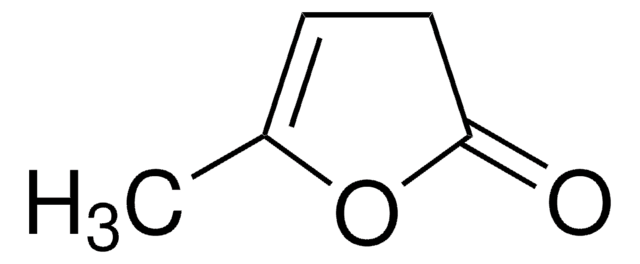All Photos(1)
About This Item
Linear Formula:
ZnO
CAS Number:
Molecular Weight:
81.39
EC Number:
MDL number:
UNSPSC Code:
12352302
PubChem Substance ID:
Recommended Products
grade
JIS special grade
Assay
≥99.0%
form
powder
reaction suitability
reagent type: catalyst
core: zinc
availability
available only in Japan
SMILES string
O=[Zn]
InChI
1S/O.Zn
InChI key
XLOMVQKBTHCTTD-UHFFFAOYSA-N
Looking for similar products? Visit Product Comparison Guide
Application
Employed in the preparation of NaZnSiO3OH, a novel chiral framework material which has potential application in ion exchange, adsorption or catalysis.
Signal Word
Warning
Hazard Statements
Precautionary Statements
Hazard Classifications
Aquatic Acute 1 - Aquatic Chronic 1
Storage Class Code
11 - Combustible Solids
WGK
WGK 2
Flash Point(F)
Not applicable
Flash Point(C)
Not applicable
Certificates of Analysis (COA)
Search for Certificates of Analysis (COA) by entering the products Lot/Batch Number. Lot and Batch Numbers can be found on a product’s label following the words ‘Lot’ or ‘Batch’.
Already Own This Product?
Find documentation for the products that you have recently purchased in the Document Library.
Kwang Gug Yim et al.
Journal of nanoscience and nanotechnology, 13(5), 3586-3590 (2013-07-19)
ZnO nanostructures were grown on Si (111) substrates by a hydrothermal method. Prior to growing the ZnO nanostructures, ZnO seed layers with different post-heat temperatures were prepared by a spin-coating process. Then, the ZnO nanostructures were annealed at 500 degrees
Xiaolong Li et al.
Journal of nanoscience and nanotechnology, 13(8), 5859-5863 (2013-07-26)
In this study, we present the synthesis of ZnO nanowire by hydrothermal process through reutilization of sludge from soy sauce wastewater electrochemical treatment. The influences of floc content and caramel pigment concentration on the morphologies of ZnO were studied. The
Long Giang Bach et al.
Journal of nanoscience and nanotechnology, 13(1), 694-697 (2013-05-08)
ZnO nanoparticles were covalently wrapped by polystyrene (PS) through surface thiol-lactam initiated radical polymerization using the grafting from approach. The surface of ZnO nanoparticles was initially modified by 3-mercapto propyltrimethoxysilane to afford thiol functionalized ZnO nanoparticles (ZnO-SH). The controlled radical
Hyeong Pil Kim et al.
Journal of nanoscience and nanotechnology, 13(7), 5142-5147 (2013-08-02)
Solution processed cathode organic photovoltaic cells (OPVs) utilizing thin layer of ZnO with 27% increase in power conversion efficiency (PCE) to control devices have been demonstrated. Devices without the presence of ZnO layer have much lower PCE than the ones
Min Su Kim et al.
Journal of nanoscience and nanotechnology, 13(5), 3582-3585 (2013-07-19)
Metal catalyst-free ZnO nanorods were grown on PS with buffer layers grown at 450 degrees C by plasma-assisted molecular beam epitaxy. Room temperature and temperature-dependent photoluminescence were carried out to investigate the optical properties of the ZnO nanorods with the
Our team of scientists has experience in all areas of research including Life Science, Material Science, Chemical Synthesis, Chromatography, Analytical and many others.
Contact Technical Service








